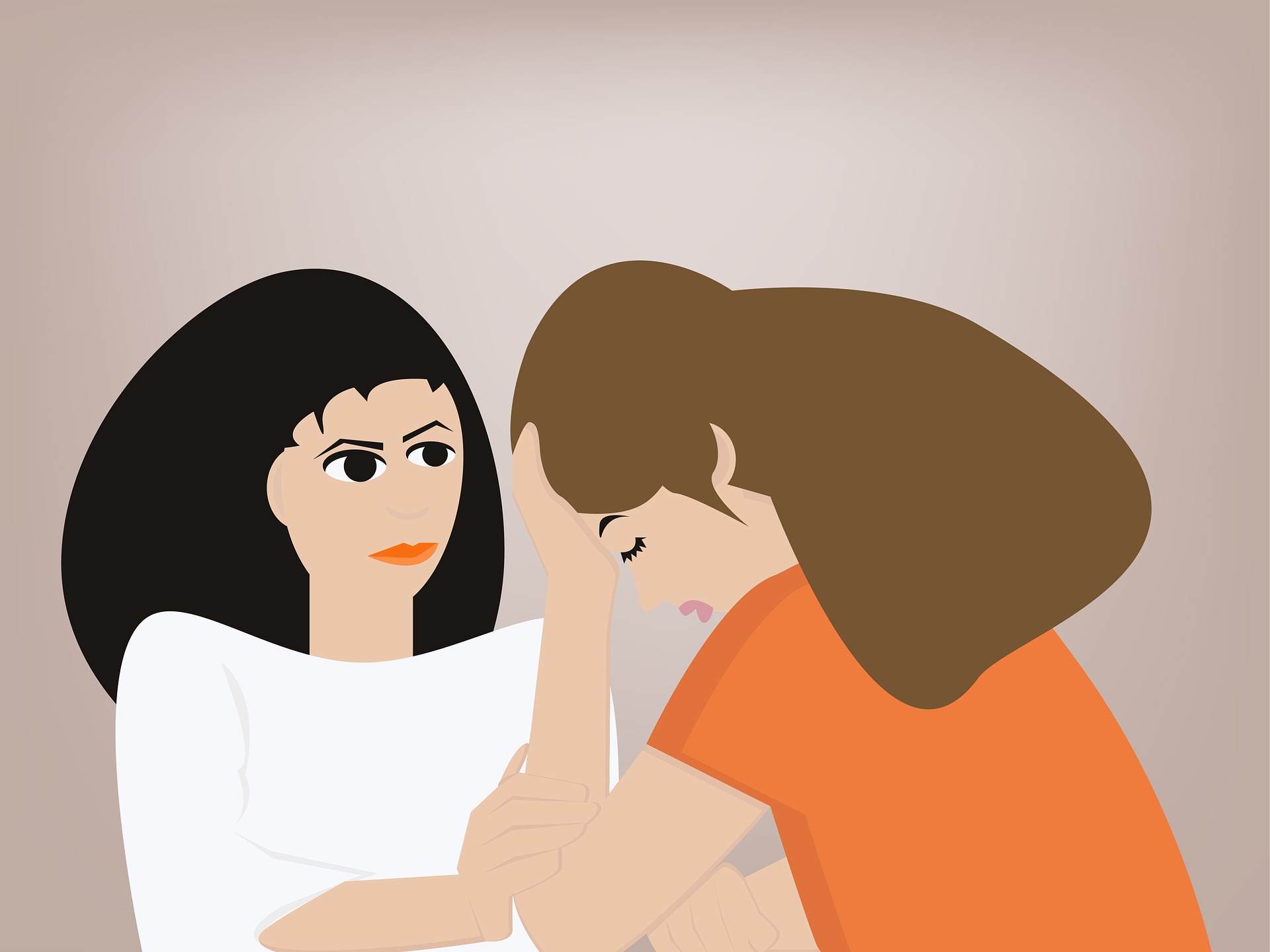“Any man could, if he were so inclined, be the sculptor of his own brain.” – Santiago Ramón y Cajal
Neuroplasticity is the capability of our brain to change and rewire itself in response to experience and learning. As we grow older, though the rate of neuroplasticity might not remain what it was when we were kids, it does not halt. Which means that based on what you choose to learn, the brain enables your effort and forms new neural pathways to facilitate the learning experience. It is the ability with which we can strengthen and improve our brain with mental and physical stimulus.
Whatever is repeated, is perfected – the same holds true for our brains. The more we worry, the better we become at worrying. The more we give in to lethargy, the more resistant our brain will become to any new challenge. Similarly, if we practice being calm, present and focused, we strengthen these networks in the brain.
It is in our interest to keep experiencing new events and to try our hand at new skills no matter which stage of life we are in, as we become a function of what we experience, learn or think. New information not only satisfies the inherently curious side in us, but it also gives us a challenge to overcome and a shot at self-development.
While a formal education gives you the answer to the ‘what’ questions we may have as an inquisitive child, such as – what makes the spaceship go up in air and keeps it there, what are polynomials in mathematics and other necessary tools to build a strong foundation; it is only later in life that through our experiences, the people we meet, the places we travel and the continuous learning which is a result of these activities, do we start to understand the ‘why’ of life – or at least scratch the surface.
Throughout human history, men and women have taken advantage of our brain’s adaptability to start a new life at any age. Dutch painter Vincent Van Gogh only took up painting at the age of 27. Colonel Sanders started KFC when he was 65. Nelson Mandela spent 27 years in prison and only became the President of South Africa at 77 years of age. Greek philosopher Cato learned Greek at 80.
Overcoming challenges enhances our competency level and self-confidence. It gives us the courage and assurance to learn and experience a variety of things. Learning anything is an exercise in self-discovery. You embark upon a journey of the unknown with yourself and clear the weeds of self-doubt that have grown on the path of knowledge by the frequency of practice. Learning was never meant to be constrained at an age, which is why life throws new experiences at us every day. The skills we choose to pick up along the way, such as learning an instrument or a new language, only add to the richness of life.
It is well known that stress and depression are highly detrimental to brain health. Stress is known to hamper neurogenesis in adults and chronic stress can shrink the area of the brain responsible for memory and learning. A Scientific American article has called stress as a silent killer for brain cells – a single socially stressful situation destroys newly created neurons in the hippocampus, the region responsible for memory and emotion.
To combat stress and its negative effects on the human brain and learning, meditation is vital. Neuroscientist Sara Lazar suffered a leg injury while training for a marathon and was told by her physical therapist to stop running and only stretch. She started yoga as physical therapy, but she noticed some behavioural changes in herself. She noticed that after practicing yoga she was calmer, more compassionate and was able to handle difficult situations better. Intrigued about the neuroscience behind the change she noticed in herself, she pursued her Ph.D. in meditation and its effects on the brain at Harvard University and her research produced some very compelling results.
Her first experiment showed that 50-year-old meditators had the same amount of gray matter as 25-year-olds in a one region of the prefrontal cortex, an area which is known to actually shrink in humans with age, which is why it is harder to remember and figure things out in old age. Conducting a second study, she brought in people who had never meditated before and made them undergo an 8-week mindfulness program and where they were taught to meditate for 40 minutes each day.
Just after 8 weeks of meditation, the brains of the meditators underwent thickeining in four regions –
- Posterior cingulate (the area responsible for mind wavering and self-relevance)
- The left hippocampus (the area which assists in learning, cognition, memory and emotional regulation.
- The temporo parietal junction (the area associated with perspective taking, empathy and compassion.
- Pons, which controls breathing, communication between parts of the brain, sensation and balance.
Also, the amygdala, the fight or flight part of the brain which is manages anxiety, fear and stress got smaller in the group that practiced meditation, which in turn, brought down the stress levels in the meditators.
In another study, participants over 65 years of age, who exercised over 6 months, also reversed age related loss in brain volume and displayed improved memory performance.
Meditation helps us put a filter on the emotions we feel. We can assess which emotion is detrimental to our well being and we can check it before it overtakes our ability to think rationally. Meditation practiced regularly enhances our productivity, concentration and creativity. All of these are highly conducive for learning new skills, which in turn accelerates brain development.
When stress, anxiety and depression no longer have a strong hold on us, we are free to explore new aspects of ourselves that have been developed over years with experience and we can nurture them further.
It is important to remember how we use our mind, changes our brain.





